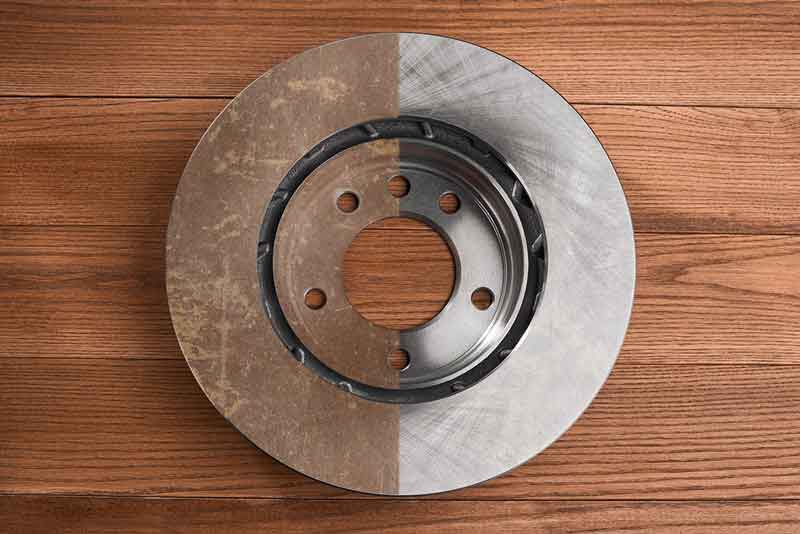All Blogs, Priming and Protecting, Weatherproofing
Introducing Rust Removers and Converters
Rust, Rust, Rust…
For anyone who works with metal, rust is a constant problem. Even if you take every precaution to prevent it, your tools will get rusty at some point.
Rust can also be a problem if you’re working with metal that rusts easily, such as zinc or iron. Fortunately, there are several different rust-removing and converting products available to help you cope with this issue.
They come in different forms, but essentially work the same way. They either remove the small amount of rust on your tools or convert metal that will rust into metal that won’t. You can choose which kind suits your needs best based on cost and ease of use.
We are pleased to include rust removers and converters in our product range. So here’s a some information on rust removal that you might find useful when choosing how to treat it.
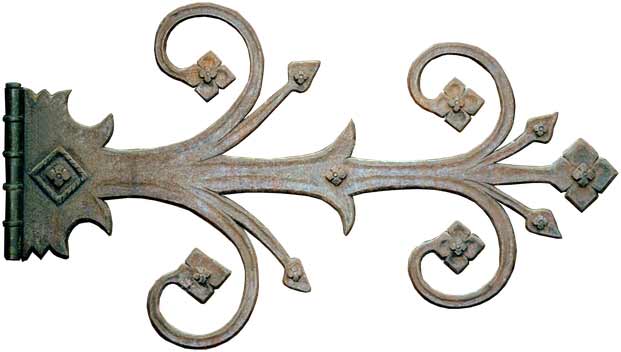
What is rust?
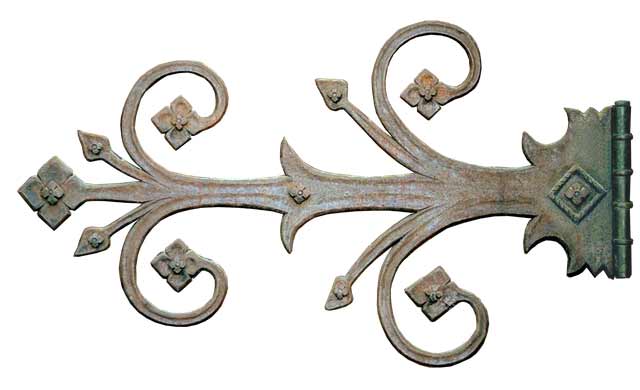
Rusting occurs when iron (and steel, an alloy of iron and carbon) has a chemical reaction with oxygen and water. The result of the reaction is iron oxide…rust, which forms that well known reddish coating on the metal surface.
Not only is it unsightly, rust can also cause damage to a structure or object. This is because when rust is not treated the oxidisation process continues and corrosion occurs. If you read about corrosion on the Health and Safety website you will get a picture of the potential consequences in terms of safety.
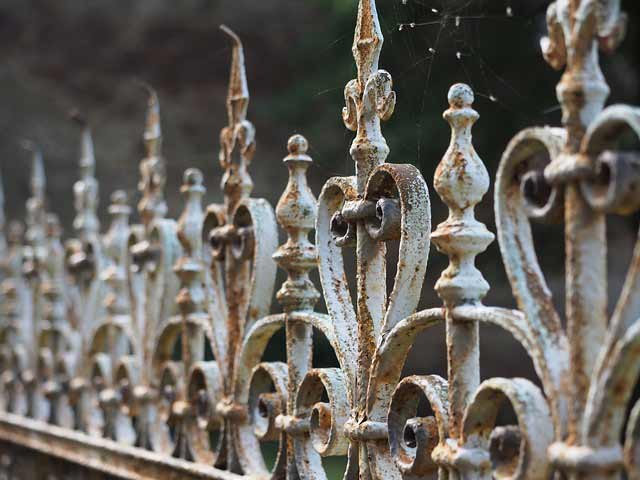
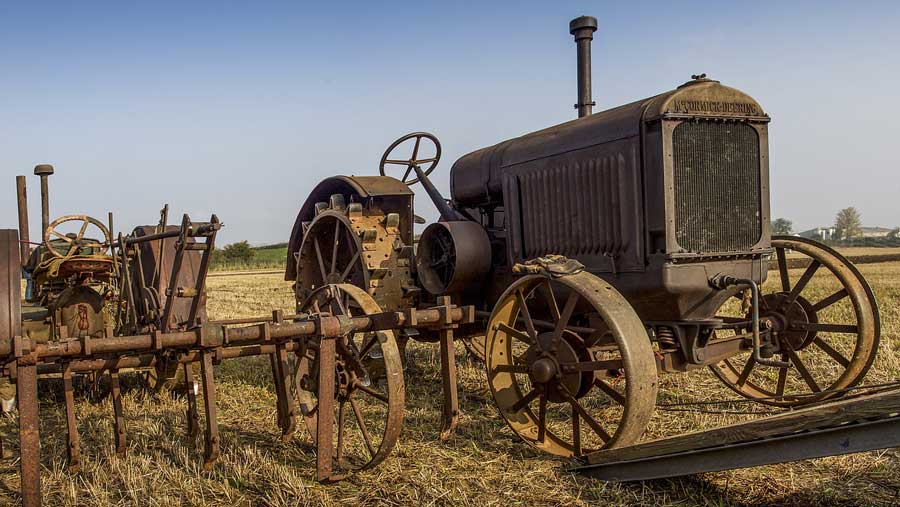
How to Treat Rust?
The most effective way to treat rust is to get rid of it completely…i.e get right back to bare metal. If you don’t remove it entirely, there is a likelihood that any remaining rust will grow back at some point. Getting rid of rust is most easily achieved by using a ‘rust remover’.
How does a Rust Remover Work?
Essentially the rust remover creates a chemical reaction with the rust and attacks it. When the rust has reacted and dried it can be either wiped off with a damp cloth or removed with a wire brush or wire wool. A thin layer of rust remover is often then applied to the bare metal for extra protection before applying a suitable primer and if necessary, a subsequent top coat.
Is a rust convertor different to a rust remover?
Yes, a rust convertor is used for areas that are hard to access, or for a quick fix where time constraints prevent use of a rust remover. A rust convertor ‘converts’ the top layer of the rust into an inert surface.
Rust convertors also contain a rust inhibitor to prevent any remaining rust getting too much worse. As the rust hasn’t been completely removed when you use a rust converter, it WILL resurface at some point in the future, perhaps as soon as 12 to 24 months.
Rust converters are used as a short term fix and can be repainted when dried. While rust removers are suited to iron and steel, rust converters are often used on on softer metals like aluminium or chrome which cannot always cope with the aggressive acid contained a rust removal product.
Which rust removal product do I need?
The Jenolite range of rust removers that we stock come in 3 basic formats:
Liquid – this is free flowing liquid us suitable where parts can be easily immersed or for fine details. It can be applied by either spray, brush or immersion
Thixotropic – a thick liquid that is suited to vertical surfaces and works well for box sections and tubular components. Excellent for treating boat and yacht keels, caravan sub frames and garden gates — particularly wrought iron sections
Jelly – this non-drip gel formula ensures the product won’t run won’t run. Ideal for treating small areas of rust such as stone chips on cars and bikes, household appliances, tools and gardening equipment
Which rust convertor product do I need?
Jenolite rust converter comes in a range of sizes and as
- Aerosol
- Trigger Spray
- Brushable
How to use a rust remover
Firstly remove all loose rust and grime. You can do this by brushing with a wire brush, with a grinder or by sand blasting. Then apply the rust remover to the surface. If removing rust from small parts it might be easier to immerse them, in which case use the liquid formulation. The thick liquid or jelly formulations are ideal for vertical surfaces or small spot treatments – they are also more concentrated than the thin liquid. With a brush, work the remover into the surface to ensure it reaches all the rust.
Allow to dry for around 25 minutes (at room temperature, you may need to lengthen this time for colder temperatures or decrease it in very warm temperatures. When the product has worked and reacted with the rust it will turn black or purple. Remove the rust with a damp cloth, wire wool or wire brush. Jenolite recommends using the wire brush attachment on a drill for heavily ingrained rust.
All areas should be taken back to bare metal and then a thin layer of liquid can be applied afterwards. This will dry on and act as a protective layer. A suitable primer should then be added followed by top coat if required.
Please contact us if you’re unsure about which primers and top coats to use following rust treatment.
You can contact us via the following:
Email: [email protected]
Call Us: 01942 884 122
Contact form: https://www.palatinepaints.co.uk/contact-us
Live Chat Service: Press the small blue icon at the bottom left of your screen.

